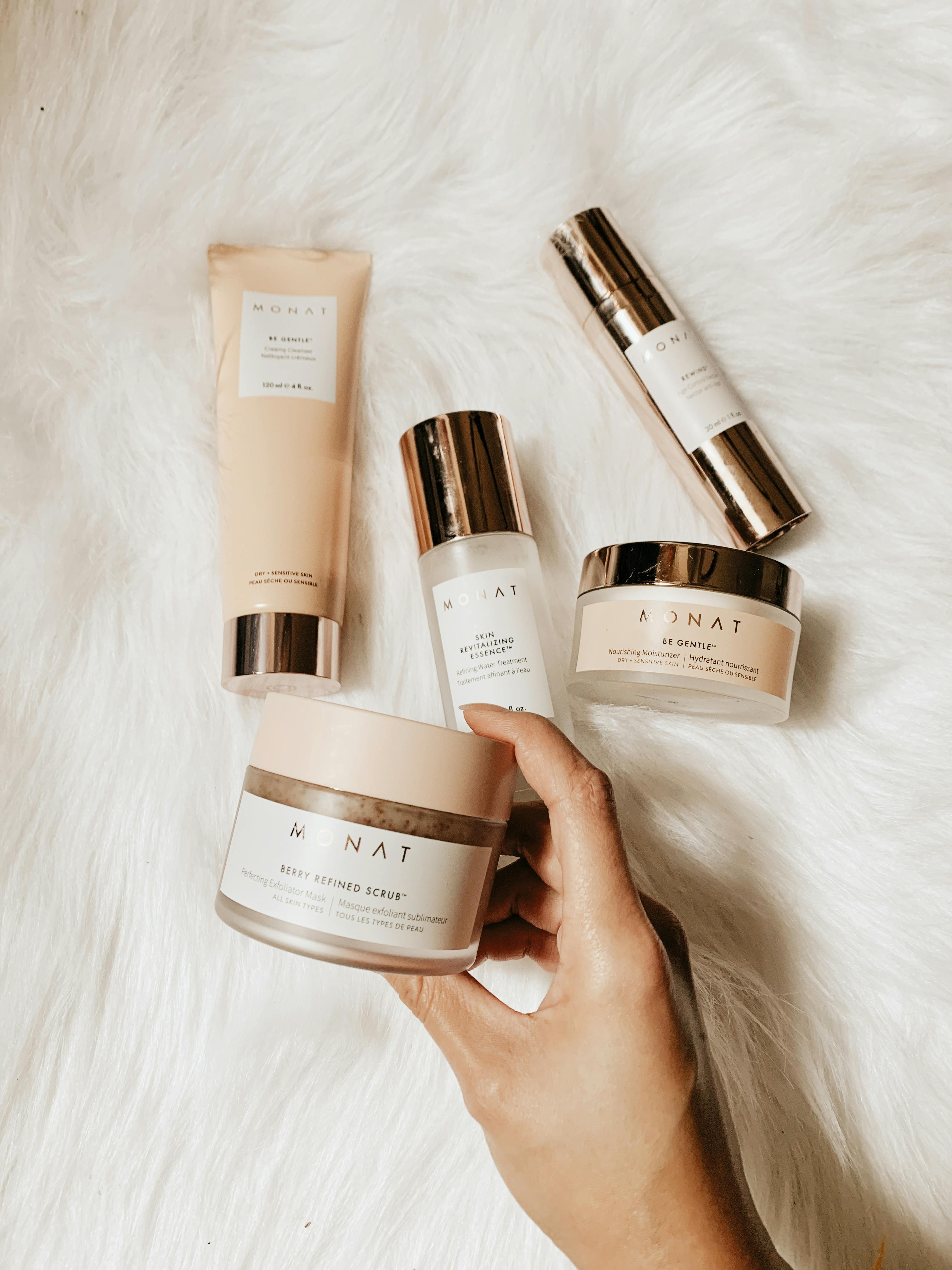Vitamin B6 (Pyridoxine) in Sports: Science, Practical Use, and How to Optimize Performance Vitamin B6 (Pyridoxine) in Sports: Science, Practical Use, and How to Optimize Performance Detailed evidence-based guide for athletes, coaches, and fitness-minded people. Key Roles Evidence & Studies Food Sources Dosage & Safety Practical Protocol FAQ Introduction Vitamin B6 (collective name for pyridoxine, pyridoxal, pyridoxamine and their phosphorylated forms; active coenzyme = pyridoxal 5'-phosphate — PLP) is a water-soluble B vitamin that participates in more than 100 enzymatic reactions in human metabolism. For athletes and active people, B6's roles in amino-acid metabolism, glycogen utilization, neurotransmitter synthesis, and hemoglobin production make it especially relevant to performance, recovery, and resilience. This article explains those mechanisms, summarizes the scientific e...
7 Essential Steps for the Perfect Skincare Routine (Beginner’s Guide)
By VitalWell Hub • Updated:
Whether you’re brand new to skincare or refreshing your routine, following the correct order makes a big difference. Below you’ll find the seven core steps, product suggestions, and practical tips for both morning and evening routines.

Step 1 — Cleanser: Start with a clean canvas
Cleansing removes dirt, excess oil, and sunscreen. Use a gentle cleanser in the morning and consider double-cleansing at night if you wear makeup or heavy sunscreen.
- For oily/acne-prone skin: gel or foaming cleansers with gentle surfactants.
- For dry or sensitive skin: cream or milk cleansers, or micellar water.
Tip: Lukewarm water is best — hot water can strip skin oils.
Step 2 — Toner: Balance & prep
Toners help restore pH balance and provide a light layer of hydration. Modern toners are often hydrating (containing glycerin or hyaluronic acid) or exfoliating (containing AHAs/BHAs).
Apply with a cotton pad or by patting a few drops into the skin.
Step 3 — Serum: Target your skin concerns
Serums contain concentrated active ingredients. Choose a serum that targets your primary concern:
- Vitamin C — brightening and antioxidant protection (use in AM under sunscreen).
- Hyaluronic acid — hydration booster (works well in both AM and PM).
- Niacinamide — regulates oil production and improves barrier function.
Layering rule: apply thinnest (water-like) textures first, then heavier ones.
Step 4 — Eye cream: Care for the delicate area
The skin around the eyes is thinner and benefits from targeted formulas. Pat a pea-sized amount gently with your ring finger.
Look for caffeine for puffiness, peptides for firmness, and retinol-based formulations for night use (if your skin tolerates retinol).
Step 5 — Moisturizer: Seal it in
Moisturizers lock in previous layers and repair the skin barrier. Choose the texture that matches your skin type: lighter gels for oily skin, creamier formulas for dry skin.
Use a slightly richer moisturizer at night for extra repair.
Step 6 — Sunscreen (Daytime only): Non-negotiable protection
Sunscreen prevents premature aging and reduces the risk of skin cancer. Use broad-spectrum SPF 30 or higher every morning as the final step in your AM routine.
Apply at least a teaspoon for the face and remember to reapply every two hours when outdoors.
Step 7 — Weekly treatments (optional)
Once or twice a week you can add masks, chemical exfoliants (AHA/BHA), or hydrating overnight masks. Don’t over-exfoliate — balance is key.
Common mistakes to avoid
- Skipping sunscreen in the morning.
- Applying heavier products before lighter ones.
- Over-exfoliating or using many active ingredients at once without introducing them slowly.
Quick morning and evening routines
Morning (AM)
- Cleanser
- Toner (optional)
- Vitamin C serum (optional)
- Eye cream
- Light moisturizer
- Sunscreen
Evening (PM)
- Makeup remover / oil cleanser (if needed)
- Water-based cleanser
- Toner
- Treatment serums (retinol, targeted treatments)
- Eye cream
- Richer moisturizer or sleeping mask
FAQ
- Can I skip toner?
- No — toner is optional. If your skin is balanced and hydrated, you can skip it. Modern toners are mostly hydrating and not mandatory.
- What is the most important skincare step?
- Sunscreen. It protects against UVA/UVB damage and is the single best step to prevent premature aging.
- How long before makeup should I apply sunscreen?
- Wait 2–3 minutes after applying sunscreen so it can absorb, then apply makeup.
Further reading & useful links
- American Academy of Dermatology (AAD) — sunscreen and skin health resources.
- PubMed — search for clinical studies on specific actives (retinol, vitamin C, hyaluronic acid).
Internal resources on this site: